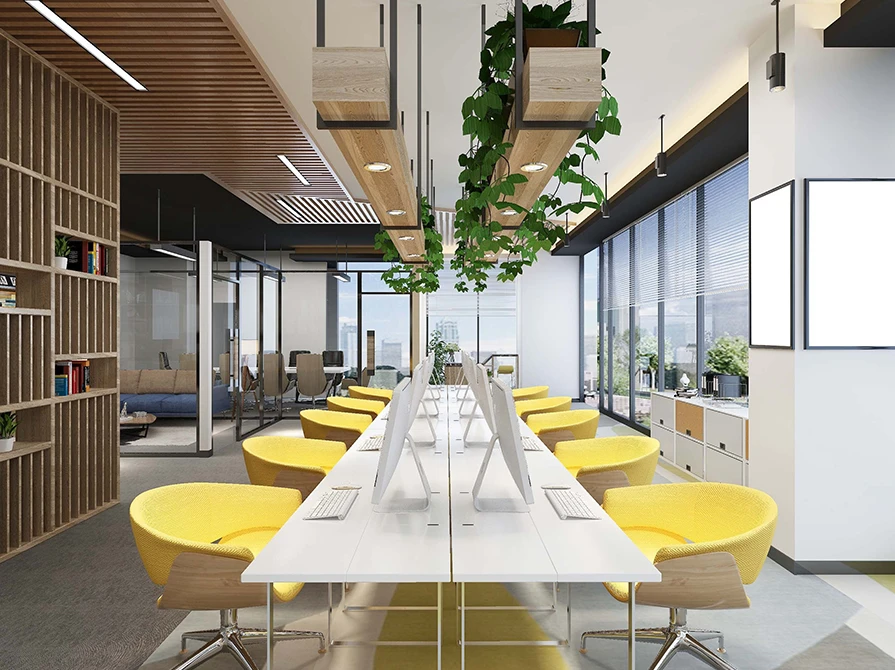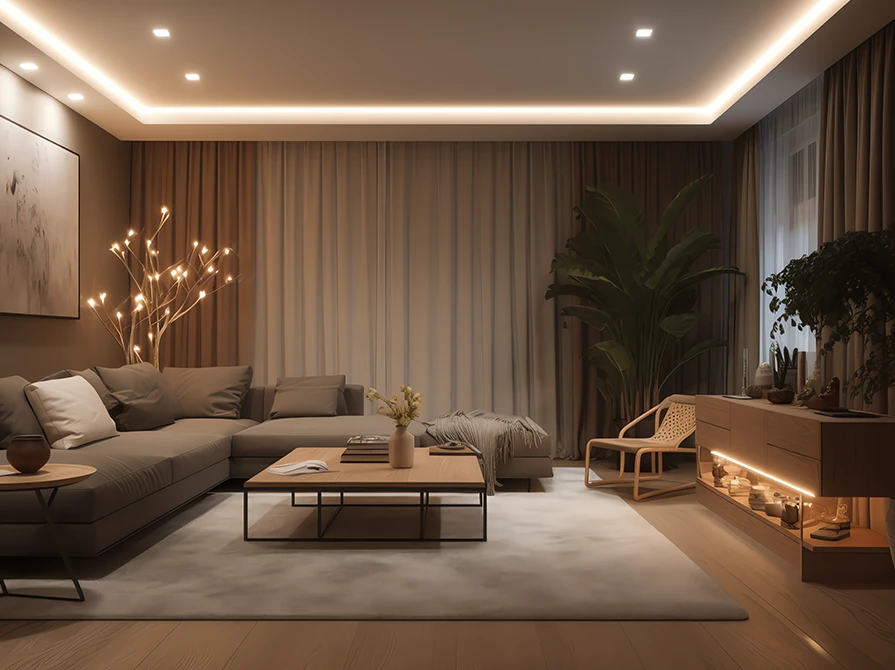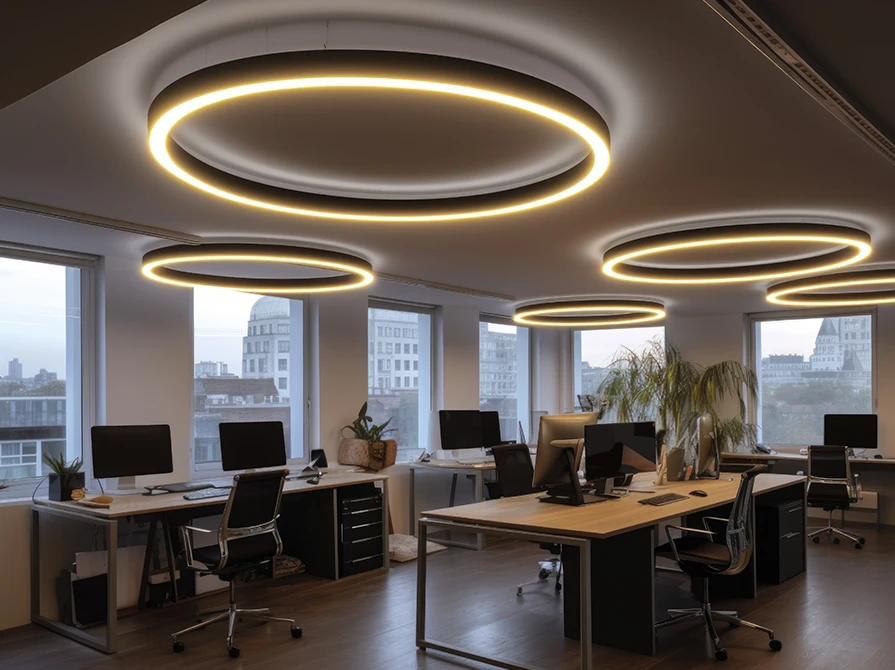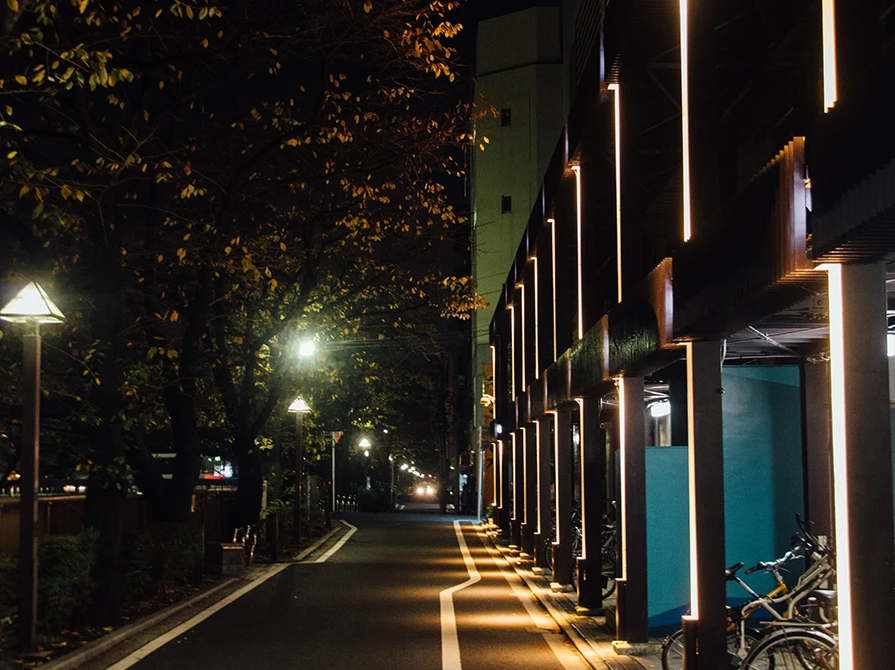

-Manufacturing.webp)
Photovoltaic (PV) manufacturing involves a highly precise and intricate process that requires optimal lighting solutions to ensure efficiency, accuracy, and quality. Lighting plays a crucial role in various stages of PV manufacturing, from silicon wafer production to cell fabrication and module assembly. In this blog, we will delve into the importance of lighting in PV manufacturing, the specific challenges faced, and innovative lighting solutions tailored to enhance efficiency and productivity in this critical industry.
Lighting is essential in PV manufacturing facilities to provide optimal visibility for operators performing intricate tasks such as silicon ingot slicing, wafer cleaning, and cell encapsulation. Proper lighting ensures accurate alignment, inspection, and quality control throughout the manufacturing process. In cleanroom environments where PV fabrication takes place, lighting must meet stringent standards for cleanliness, uniformity, and color rendering. Consistent illumination is vital to ensure uniformity in cell and module performance, as variations in lighting can affect the efficiency and output of PV devices.
One of the primary challenges in PV manufacturing illumination is maintaining consistent lighting levels and uniformity across cleanroom environments. Cleanroom lighting must meet strict requirements for particle emissions, electromagnetic interference (EMI), and electrostatic discharge (ESD) to prevent contamination and ensure product quality. Another challenge is minimizing reflections and glare on PV wafers and surfaces during inspection and assembly processes. Glare and reflections can obscure defects and impurities, leading to lower cell and module efficiency and reduced overall performance.
Advanced cleanroom lighting fixtures incorporate features such as sealed enclosures, integrated filters, and anti-glare coatings to meet the stringent requirements of PV manufacturing environments. These fixtures ensure minimal particle emissions, EMI, and ESD while providing uniform and flicker-free illumination. Lighting controls and sensors enable real-time monitoring and adjustment of illumination levels in cleanroom environments. Automated lighting control systems can optimize energy usage, minimize downtime, and maintain consistent lighting conditions throughout PV fabrication processes.
Encapsulation and lamination are crucial steps in PV module assembly that require specialized lighting solutions. Proper illumination is essential to ensure uniform application of encapsulant materials and accurate alignment of PV cells within the module structure. High-intensity LED lighting fixtures with adjustable angles and beam widths are commonly used in encapsulation and lamination processes to provide focused illumination where needed. These fixtures help operators achieve precise control over the bonding process and ensure the integrity of PV modules.
Ergonomic lighting design focuses on creating a comfortable and visually optimal working environment for operators involved in PV manufacturing processes. Proper illumination levels, color rendering, and glare control are essential factors in ergonomic lighting design. Adjustable lighting fixtures, task lighting, and glare-reducing diffusers are used to optimize lighting conditions for operator comfort and productivity. By minimizing eye strain and fatigue, ergonomic lighting design contributes to a safer and more efficient workplace in PV manufacturing facilities.
Spectral tuning involves adjusting the wavelength of light used in PV manufacturing processes to optimize energy absorption and conversion efficiency. By precisely controlling the spectral characteristics of illumination sources, manufacturers can enhance the performance of solar cells and modules. Advanced lighting systems with spectral tuning capabilities allow for customization of the light spectrum to match the absorption peaks of different semiconductor materials used in PV cells. This targeted approach improves the overall efficiency and output of PV devices, ultimately maximizing the energy yield of solar panels.
Cleanroom lighting in PV manufacturing facilities must comply with industry standards and regulations for cleanliness, particle emission levels, and environmental control. Certification from relevant authorities such as the International Organization for Standardization (ISO) is essential to ensure compliance with cleanroom requirements. Lighting fixtures and systems designed for cleanroom applications undergo rigorous testing and certification processes to verify their performance in maintaining cleanroom integrity. Compliance with cleanroom standards ensures the reliability and consistency of PV manufacturing processes and products.
Emerging technologies such as UV-C disinfection lighting and advanced machine learning algorithms are poised to revolutionize PV manufacturing illumination in the future. UV-C lighting can sterilize cleanroom environments and equipment, reducing the risk of contamination and improving PV device yield and quality. AI-driven lighting control systems can analyze real-time data from sensors and machine vision systems to optimize illumination settings for PV manufacturing processes. These intelligent lighting solutions can adapt to changing production requirements and environmental conditions, enhancing efficiency and productivity in PV manufacturing facilities.
Lighting plays a critical role in PV manufacturing, ensuring optimal visibility, accuracy, and quality throughout the production process. By leveraging innovative lighting solutions such as LED technology, fiber optic systems, and machine vision illumination, PV manufacturers can enhance efficiency, reduce costs, and maintain a competitive edge in the rapidly evolving solar energy industry. As advancements in cleanroom lighting design and emerging technologies continue to evolve, the future of PV manufacturing illumination promises to be even more efficient, productive, and sustainable. Contact us to know more about how Wipro Lighting aids the illumination of PV manufacturing units.







